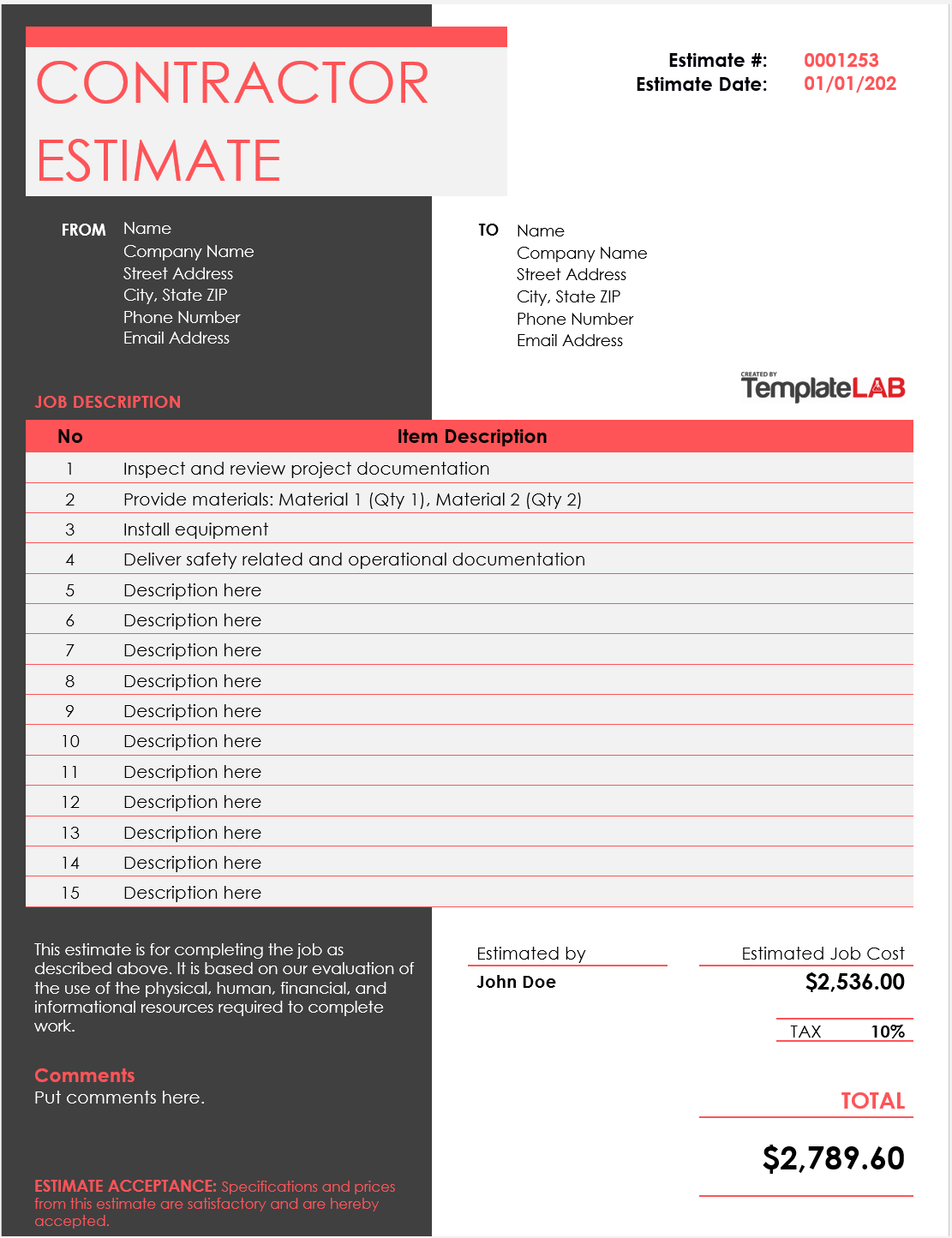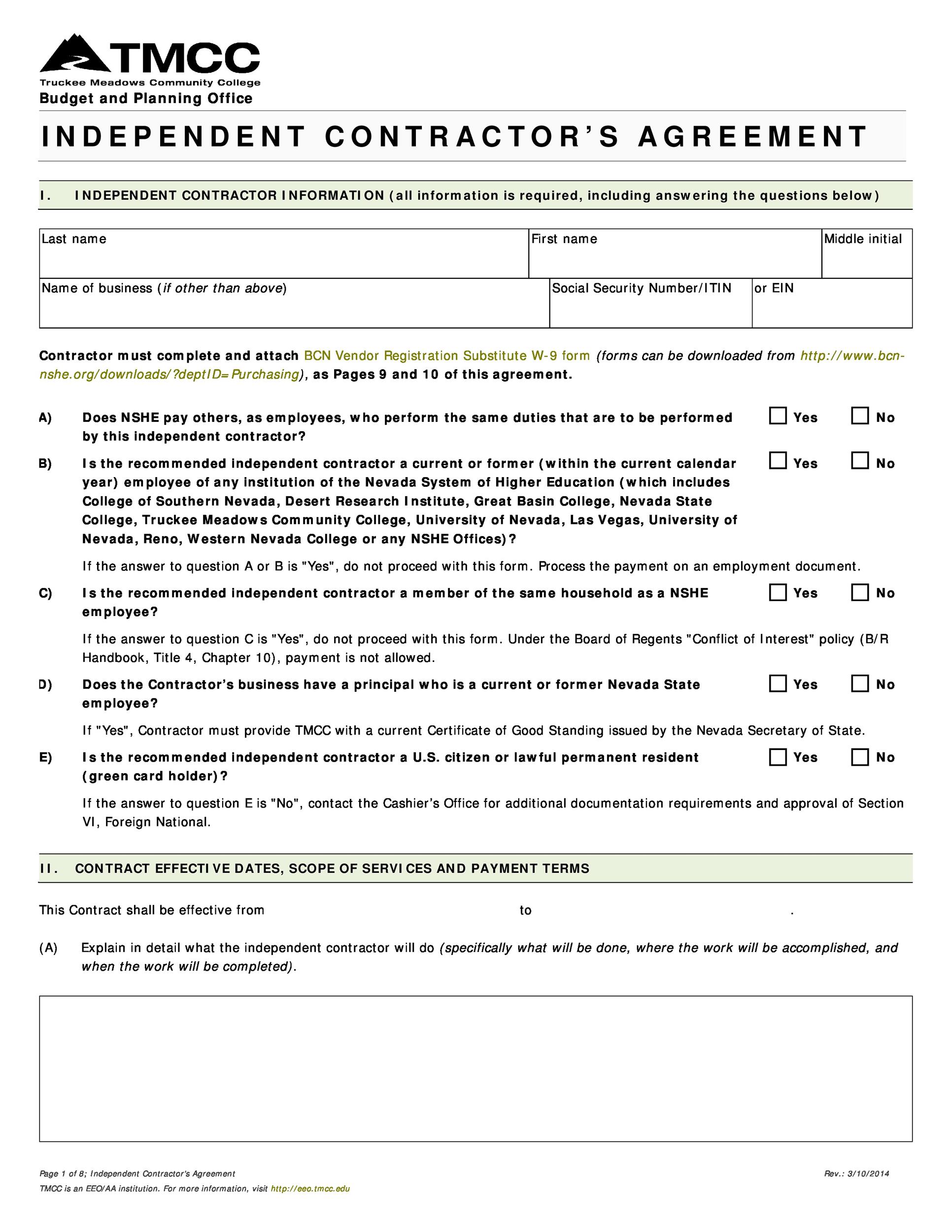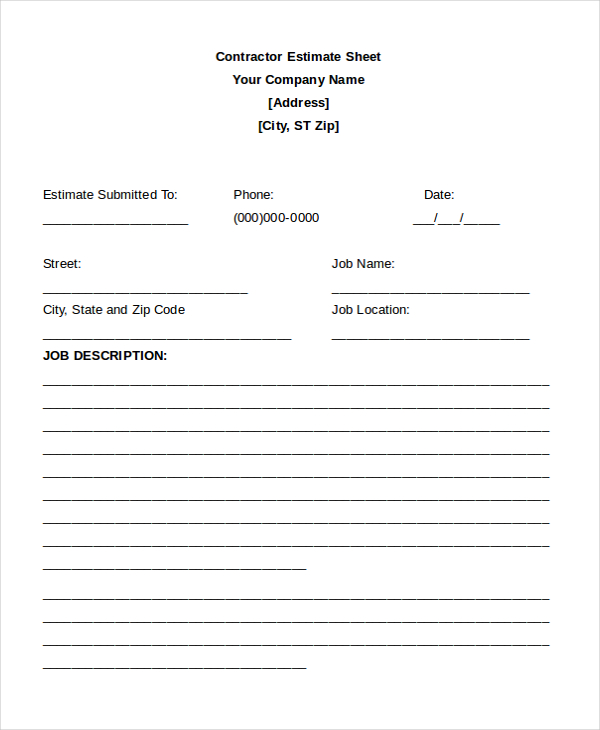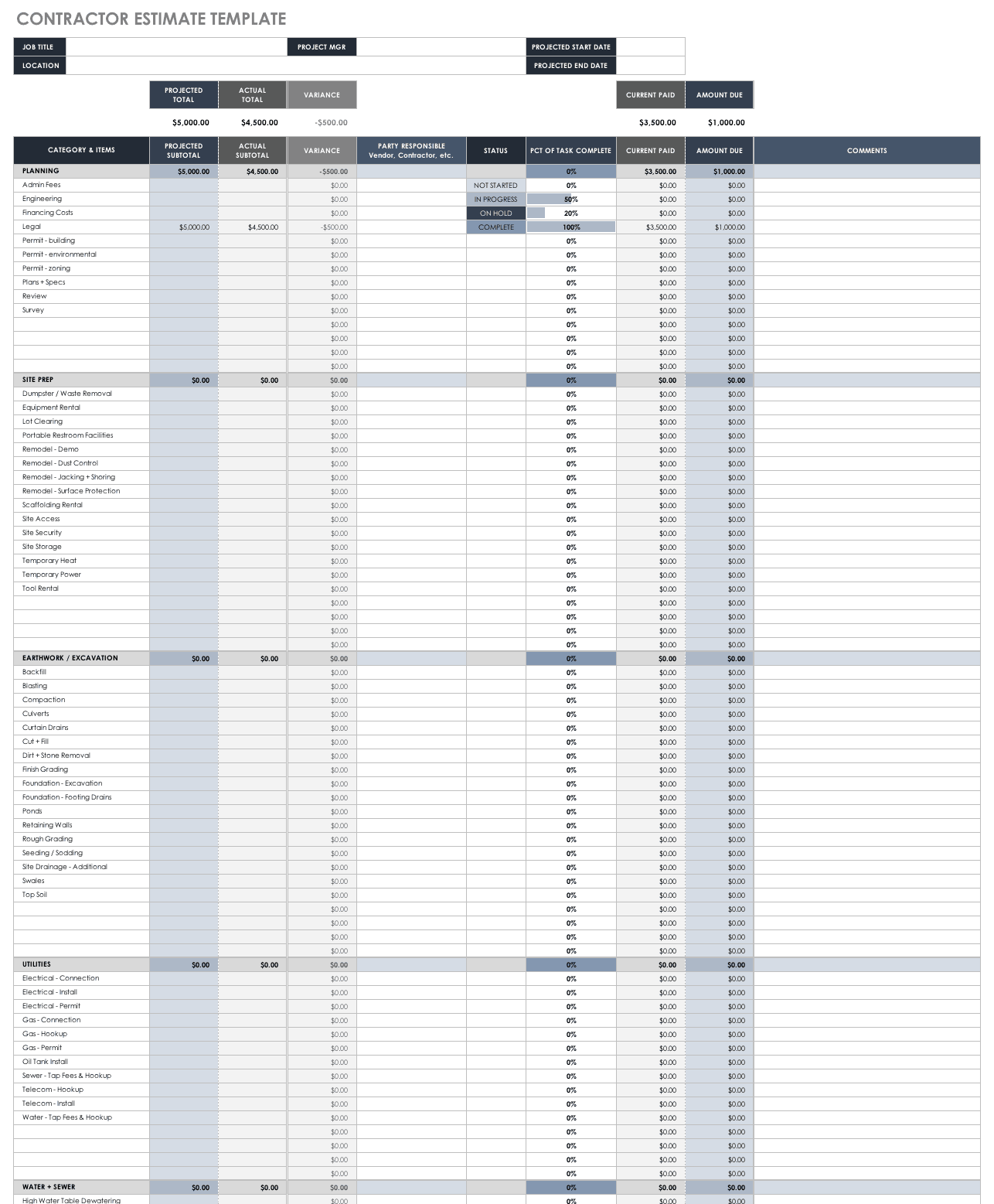
When you’re working as an independent contractor, it’s important to have a clear and professional way to provide estimates to your clients. An independent contractor estimate template can help you streamline this process.
In this article, we’ll explore what an independent contractor estimate template is, why it’s important, and how to use one effectively.
What is an Independent Contractor Estimate Template?
An independent contractor estimate template is a pre-designed document that allows you to create estimates for your clients. It typically includes fields for the client’s name and contact information, a description of the work to be done, the estimated cost, and any terms or conditions. Using a template can save you time and ensure that your estimates are consistent and professional.
Why Should You Use an Independent Contractor Estimate Template?
Using an independent contractor estimate template offers several benefits:
- Professionalism: A well-designed template adds a level of professionalism to your estimates, making you appear more credible and trustworthy to clients.
- Consistency: By using a template, you can ensure that all of your estimates have a consistent format and include the necessary information.
- Time-saving: Instead of creating estimates from scratch each time, you can simply fill in the relevant details in the template, saving you time and effort.
- Accuracy: A template helps you capture all the essential information needed for an estimate, reducing the chances of errors or omissions.
How to Use an Independent Contractor Estimate Template
Here’s a step-by-step guide on how to effectively use an independent contractor estimate template:
1. Choose the Right Template
There are many independent contractor estimate templates available online. Choose a template that suits your needs and reflects your branding. Look for a template that includes all the necessary fields and is easy to customize.
2. Customize the Template
Once you’ve chosen a template, customize it with your business name, logo, and contact information. You may also want to add any specific terms or conditions that apply to your estimates.
3. Fill in Client Details
When creating an estimate, start by filling in the client’s name and contact information. This will ensure that the estimate is personalized and easy to reference.
4. Provide a Detailed Description
Include a detailed description of the work to be done. Be specific about the tasks, materials, and any other relevant details. This will help the client understand exactly what they are paying for.
5. Break Down the Costs
Break down the estimated costs for each item or service. This will give the client a clear understanding of how the total cost is calculated. Be transparent about any additional charges or taxes that may apply.
6. Set a Validity Period
Estimates are typically valid for a certain period. Specify the validity period in your estimate template to ensure that the client knows how long the estimate is valid.
7. Include Terms and Conditions
If there are any specific terms or conditions that apply to your estimates, such as payment terms or cancellation policies, make sure to include them in the template. This will help set clear expectations with your clients.
8. Review and Send
Before sending the estimate to your client, review it thoroughly to check for any errors or inconsistencies. Make sure all the information is accurate and complete. Once you’re satisfied, send the estimate to the client via email or any other preferred method.




Conclusion
An independent contractor estimate template is a valuable tool for any freelancer or independent contractor. It helps you create professional and consistent estimates, saving you time and ensuring accuracy. By following the steps outlined in this guide, you can effectively use an independent contractor estimate template and impress your clients with your professionalism and attention to detail.
Independent Contractor Estimate Template Word – Download